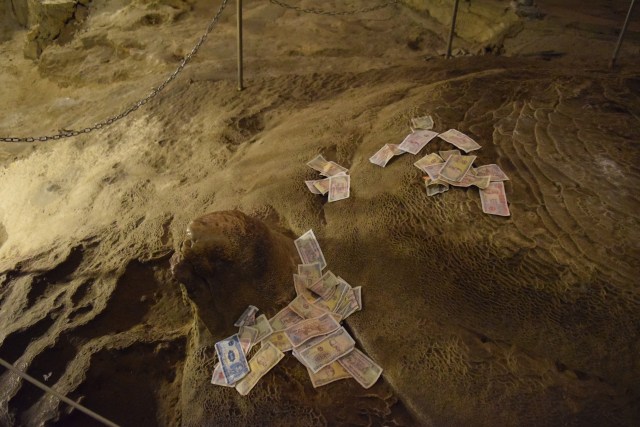Although we were only in Vientiane for a few days, we wanted to make sure that we tried as many local Laotian dishes as we could. The food of Laos is influenced greatly by its neighboring countries as well as the French who occupied it. With that said, there are a few dishes that are unique to Laos. With Vientiane sitting on the Mekong River, fish from the river can be found on most of the local menus.



One of the first meals that we ate in Vientiane was Laab, which is considered to be national dish of Laos. We had the choice of chicken, pork, duck, or fried fish, but chose to have it with pork. Laab, which means “good fortune” in the Lao language, is a mix of meat, banana flowers, fish sauce, lime juice, chili, and herbs. We also ate fish from the Mekong River that was in a coconut sauce. Another common item that we ate several times was sticky rice. We had a couple of different versions of sticky rice, some more flavorful than others. Fried noodles with beef, chicken, or pork is a local favorite throughout the region and we enjoyed having it as well.



We also ate a local chicken soup that was cooked and served with the bones in for even more flavor. Spicy noodles is common throughout the region and we chose to have it with seafood. The wide noodles were different than most of the other noodles that we ate during our time in Southeast Asia. We also had some crab dim sum that was light and refreshing. There are plenty of options for street food and coffee and beer are definitely popular as well. On our last day, we stopped in at an Indian/Pakistani restaurant where we had vegetable and chicken samosas.



No matter where you travel, it is important to taste the local cuisine as it is a window into the culture. The food in Vientiane, Laos was certainly true of that as well. The food was very flavorful and had just the right amount of spice for our tastes. We would certainly recommend trying the Laab, Mekong Fish, and Sticky Rice if you have the opportunity to visit Laos.














































